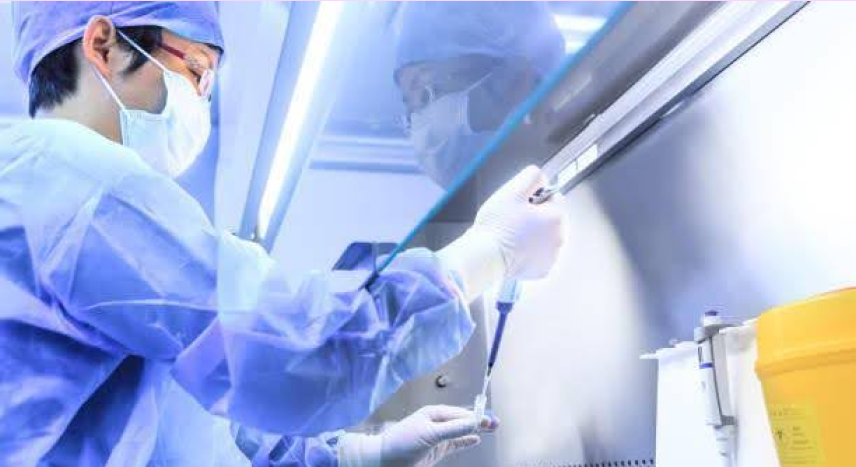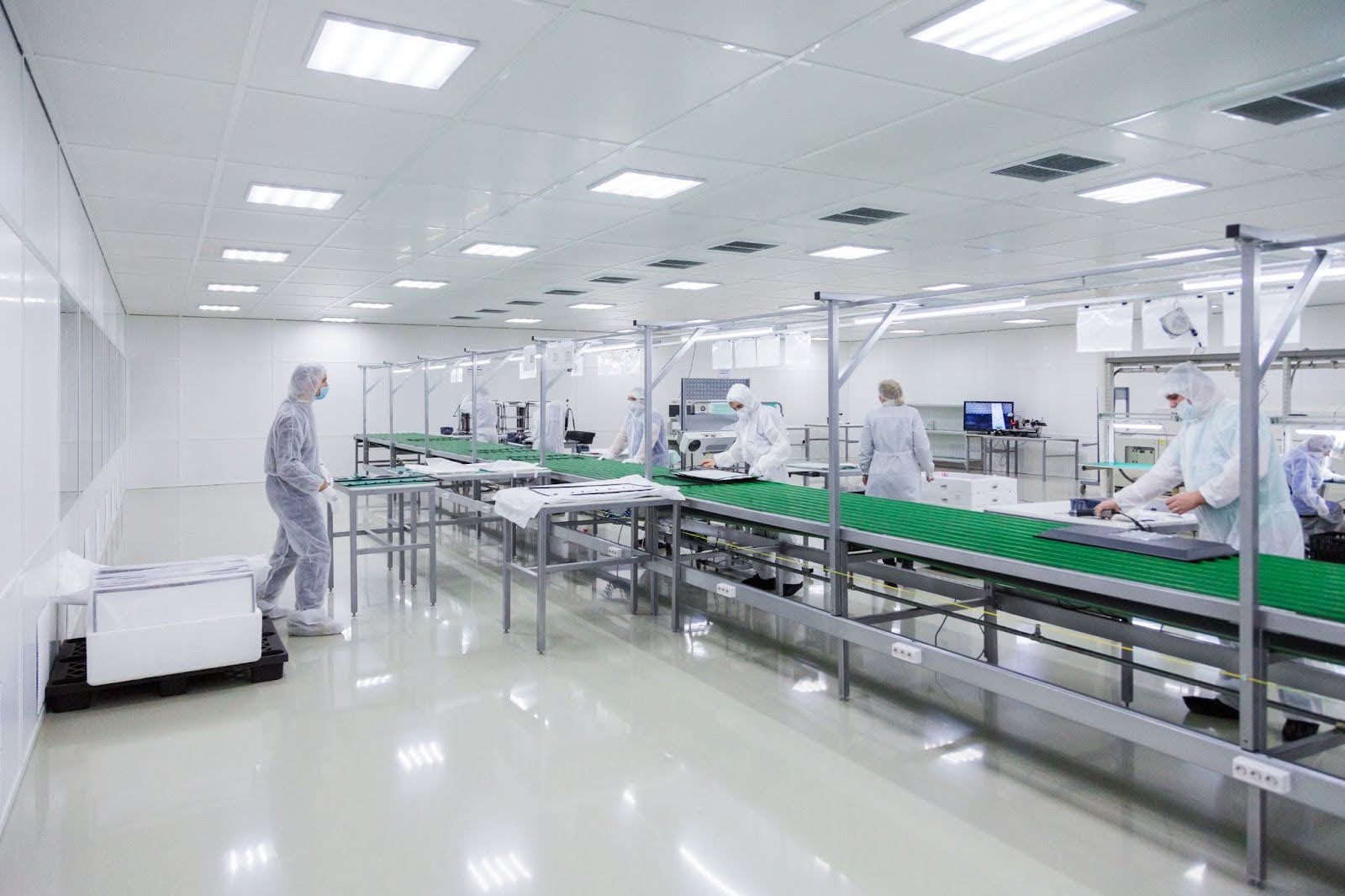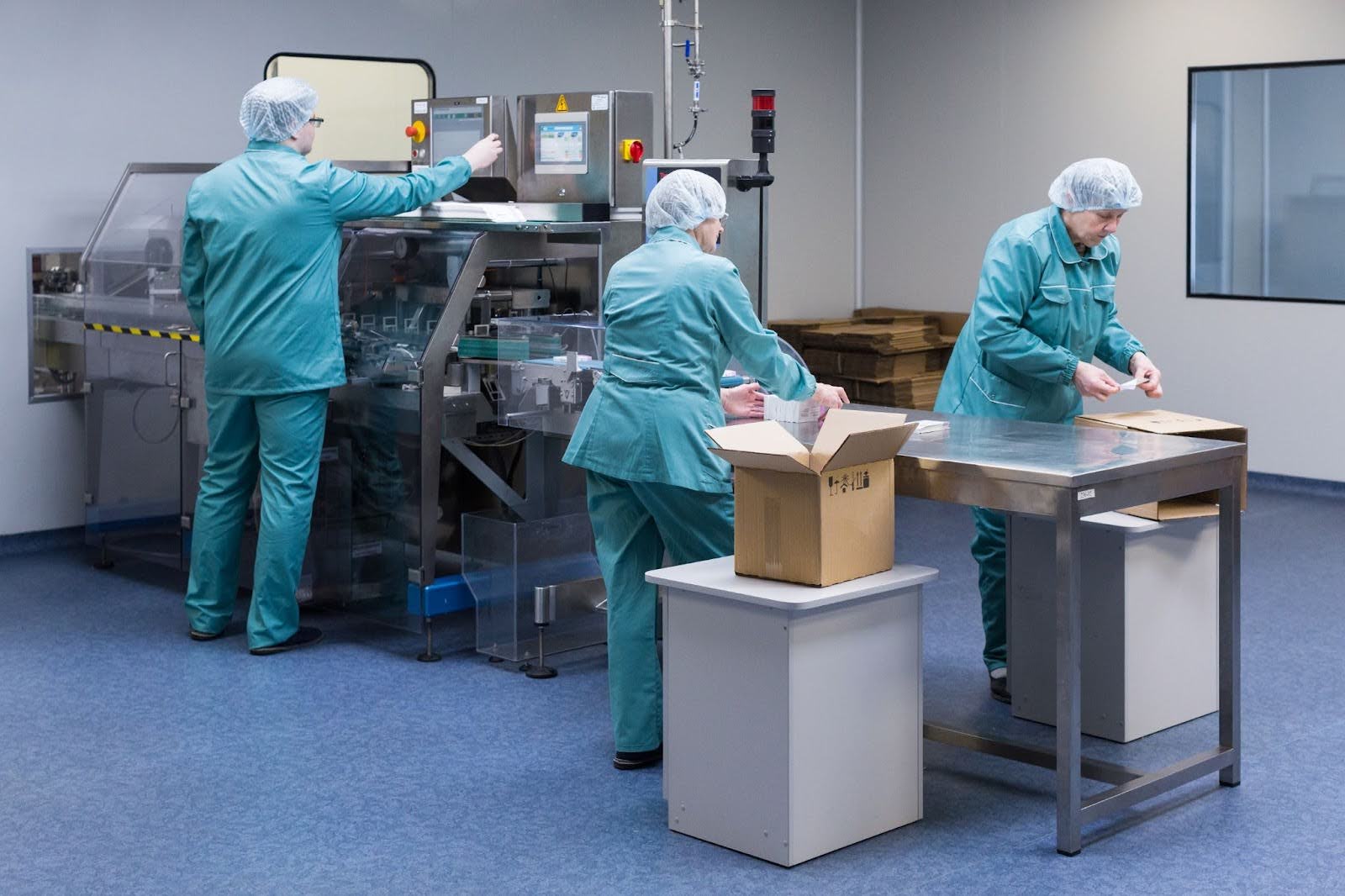by Simantini Singh Deo
10 minutes
Investigating Recurring Cleanroom Excursions: A Case Study In Grade A/B Environments
Learn how to resolve recurring Grade A/B cleanroom excursions with CAPA, airflow control, and contamination prevention.

Maintaining control over aseptic environments is one of the most challenging aspects of pharmaceutical manufacturing. Even minor deviations in cleanroom environmental parameters can jeopardize product sterility, lead to costly investigations, and risk regulatory non-compliance. Continuous non-viable particle monitoring in cleanrooms plays a crucial role in identifying these deviations before they escalate into major contamination events.
Among these challenges, recurring excursions, especially in Grade A and Grade B areas are among the most serious, as they indicate persistent or systemic contamination control issues rather than isolated events.
This case study explores how recurring excursions in Grade A/B zones can be investigated and resolved. Understanding the impact of single vs dual incubation in environmental monitoring is also essential for accurate microbial trend analysis during investigations.
It provides an overview of contamination sources, investigation strategies, data analysis, and lessons learned that can strengthen the overall Contamination Control Strategy (CCS) and enhance cleanroom performance.
Understanding Grade A/B Environments
In aseptic processing, cleanrooms are classified according to their air cleanliness and operational requirements. Grade A and Grade B areas represent the highest levels of control, as defined by EU GMP Annex 1 and ISO 14644-1 standards.
- Grade A: This is the critical zone where sterile products are exposed to the environment — such as during filling, sealing, or aseptic transfers. Unidirectional airflow and high-efficiency filtration maintain an ultra-clean environment with a maximum limit of 3,520 particles (≥0.5 μm) per cubic meter “at rest” and virtually zero during operation.
- Grade B: This serves as the background environment for Grade A operations, supporting aseptic activities. It must maintain stringent particulate and microbiological limits to prevent contamination migration into the critical zone.
Recurring excursions in either grade signify that contamination control measures are not performing as intended, necessitating a structured and thorough root cause investigation.
The Situation: Identifying The Problem
A sterile injectable manufacturing facility began observing repeated environmental monitoring (EM) excursions in its Grade B background area. These excursions involved elevated non-viable particle counts and occasional microbial recoveries during dynamic operations. Although each excursion was within acceptable action limits individually, their frequency and recurrence pattern raised concerns about potential underlying control issues.
The deviations primarily occurred:
- Near the filling line enclosure during batch operations.
- During equipment changeovers or routine line interventions.
- Occasionally after filter integrity tests and maintenance activities.
This triggered a full-scale investigation led by the Quality Assurance (QA) and Microbiology teams, focusing on both viable and non-viable contamination sources. The microbiologist’s role in pharmaceutical HACCP framework is equally important in identifying process-linked contamination pathways.
Investigation Approach
The facility adopted a systematic and risk-based investigation strategy, guided by principles from ICH Q9 (Quality Risk Management) and Annex 1 of the EU GMP. The approach consisted of four key phases:
- Data Review and Trend Analysis
- Source Identification
- Corrective and Preventive Actions (CAPA)
- Effectiveness Verification and Monitoring
Each phase was carefully executed using multidisciplinary inputs from manufacturing, engineering, and quality control teams.
1. Data Review and Trend Analysis
The first step involved collecting and reviewing historical EM data, focusing on both viable (microbiological) and non-viable (particulate) results over the previous six months.
The analysis revealed several patterns:
- Excursions were clustered during specific production runs involving one particular product type.
- Elevated non-viable counts were often detected before microbiological recoveries.
- Particle spikes coincided with manual interventions, line stoppages, and adjustments to filling machine components.
This suggested a potential link between operator activity, airflow disturbances, and equipment design factors. Data from temperature, humidity, differential pressure, and HEPA filter integrity were also evaluated, but no major deviations were noted in those parameters.
2. Source Identification
A detailed root cause analysis (RCA) was conducted using fishbone (Ishikawa) diagrams and 5-Why analysis to identify possible sources of contamination. The investigation covered the following categories:
a) Personnel Practices: Personnel were observed performing interventions close to the open vial path. Gowning compliance records showed a few instances of incomplete gown coverage. Some operators were new to the aseptic line and had limited experience with dynamic aseptic behavior.
b) Equipment Design and Maintenance: The filling machine’s isolator gloves and transfer ports were inspected. Minor wear on glove cuffs and small scratches on stainless steel surfaces were identified, which could potentially trap particles. Adopting closed system technologies for aseptic manufacturing can minimize direct operator interaction and significantly reduce contamination risks. Furthermore, airflow visualization studies revealed minor turbulence near the stopper bowl, which could allow particles to circulate within the Grade A unidirectional airflow.
c) Cleaning and Disinfection: Review of cleaning logs and disinfectant rotation records indicated that the contact time for sporicidal agents was not always consistent. ATP (adenosine triphosphate) surface testing showed slightly elevated readings near the filling machine base, suggesting cleaning inefficiencies in hard-to-reach areas.
d) Environmental Controls: HVAC performance data were reviewed, revealing slight fluctuations in air velocity near the HEPA filters adjacent to the filling area. Although still within specification, the reduced uniformity could have contributed to occasional particle accumulation.
e) Material and Component Handling: Investigations showed that the transfer of stoppers and vials through the material pass-box was not always synchronized with air pressure stabilization times, which could momentarily compromise the pressure cascade between Grade B and Grade A zones.
3. Corrective and Preventive Actions (CAPA)
Based on the findings, a comprehensive CAPA plan was implemented, addressing immediate containment, process optimization, and long-term control improvements. Many facilities can enhance performance by integrating contamination control strategies for brownfield facilities into their existing aseptic operations.
4. Effectiveness Verification and Monitoring
Following CAPA implementation, a requalification exercise was performed in both Grade A and Grade B areas. This included environmental monitoring under dynamic conditions for three consecutive production runs. Results showed significant improvement — no excursions were observed, and overall particle counts decreased by over 60% compared to previous averages.
Additionally, routine trend reports over the next quarter confirmed stable and compliant conditions, validating the effectiveness of the CAPA measures. Modern rapid microbiological methods for cleanroom monitoring can further optimize detection time and enhance proactive control in aseptic environments.
Effective Ways To Prevent Recurring Excursions
a) Implement Proactive Monitoring Programs
Establish continuous monitoring systems for both viable and non-viable particles in critical zones. Automated systems provide real-time alerts, enabling immediate action before contamination spreads. Monitoring should be designed based on process risk and critical control points rather than fixed schedules.
b) Strengthen Personnel Training and Qualification
Ensure that all operators undergo rigorous aseptic technique training, including behavior-based observation sessions. Refresher training should emphasize proper movements, minimized interventions, and compliance with gowning protocols. Experienced mentors can oversee new staff to ensure procedural consistency.
c) Conduct Routine Airflow Visualization Studies
Airflow mapping should be conducted during equipment installation, maintenance, and after layout changes. Smoke studies help visualize unidirectional flow, identify turbulence, and confirm protection of critical zones during interventions.
d) Maintain Equipment and Filters Rigorously
All equipment, isolator gloves, and HEPA filters should be inspected and maintained according to a documented schedule. Filter integrity tests and airflow velocity checks ensure that clean air delivery remains uniform across the work area.
e) Integrate Data Management with CCS
Consolidate EM, HVAC, and process data into a single digital platform. Trend analysis tools and AI-driven dashboards can identify correlations and predict contamination risks, allowing for proactive interventions.
f) Reinforce Cleaning and Disinfection Validation
Ensure disinfectants are rotated appropriately and validated for efficacy against a broad spectrum of microorganisms. Standardize application methods, tools, and contact times to eliminate variability. Monitoring cleaning performance through ATP testing or surface sampling verifies consistency.
By implementing these best practices, facilities can prevent recurrence of environmental excursions, maintain compliance with regulatory standards, and ensure consistent product quality.
Final Words
Recurring excursions in Grade A/B cleanrooms are more than isolated deviations—they are indicators of deeper issues in contamination control. This case study highlights how structured investigation, cross-functional collaboration, and data-driven decision-making can identify root causes and drive sustainable improvements.
Through risk-based monitoring, improved operator discipline, and advanced analytical tools, manufacturers can move from reactive investigations to proactive contamination prevention. Ultimately, maintaining control in aseptic environments is not only a compliance requirement but a fundamental commitment to patient safety and product excellence.
To sustain such contamination control gains over time, facilities must also implement Annex 1 compliant material transfer procedures that minimize particulate and microbial risks during every movement between controlled zones.
FAQs
1. What Are Recurring Excursions In Grade A/B Cleanrooms?
They are repeated deviations from environmental limits in critical zones, indicating potential contamination risks. Recurring excursions can compromise product sterility and regulatory compliance.
2. How Are Recurring Excursions Investigated?
Through a structured approach: review EM data, identify trends, assess personnel and equipment, analyze cleaning procedures, and perform root cause analysis, followed by corrective and preventive actions (CAPA).
3. How Can Recurring Excursions Be Prevented?
By proactive monitoring, proper operator training, airflow checks, regular equipment maintenance, validated cleaning, and data-driven trend analysis to detect and correct issues early.




